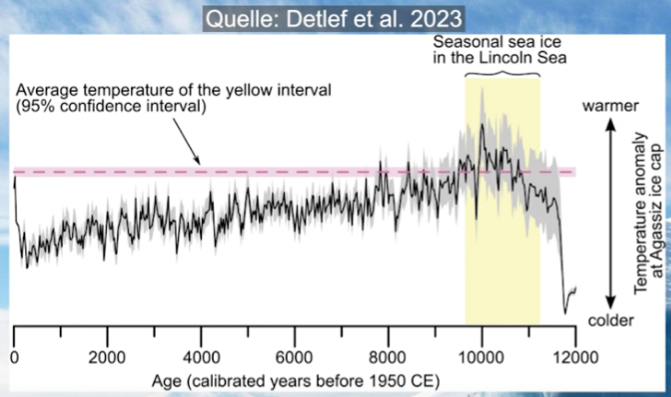RSS YTD Temps Only 7th Highest Since 1998
http://notalotofpeopleknowthat.wordpress.com/2014/12/05/rss-ytd-temps-only-7th-highest-since-1998
By Paul Homewood We now have the RSS satellite temperature data out for November, and, as with UAH, they show that this year will be nowhere a record, as is being touted for the surface datasets. Indeed, this year is running in only a modest 7th place. http://data.remss.com/msu/monthly_time_series/RSS_Monthly_MSU_AMSU_Channel_TLT_Anomalies_Land_and_Ocean_v03_3.txt As with UAH, November is down on the previous month, this time by 0.03C, which indicates that the response of atmospheric temperatures to El Nino conditions this year has now happened. There has been expectation in some quarters that the atmosphere was still lagging, even though the El Nino first appeared in April, but these hopes now appear rather forlorn. YTD anomalies are currently running 0.03C higher than they were 12 months ago, but, significantly, they are below previous El Nino periods, such as 2002/3 and 2005. The major El Nino years of 1998 and 2010, of course, stand way above anything else on the record. When satellite data fails to give the required answers, it is often claimed that satellite and surface datasets are measuring different things. There are certainly going to be variations on a month to month basis, but over longer periods there has been good correlation, as Woodfortrees show. http://www.woodfortrees.org/plot/hadcrut4gl/from:1979/plot/rss/from:1979/offset:0.2 As Roy Spencer has pointed out, satellites are a much better measure of global temperatures than surface measurements for a host of reasons, such as UHI, constant adjustments to the historical temperature record and extremely patchy coverage. There is one other reason to add to the list; satellites measure temperatures throughout the atmosphere, and not just the thin sliver at the surface. As such, they give a much more comprehensive picture. Atmospheric temperatures are also a very good indicator of sea surface temperatures, as a warmer sea surface quickly passes this extra heat up into the atmosphere. so as to re-establish equilibrium.
— gReader Pro




